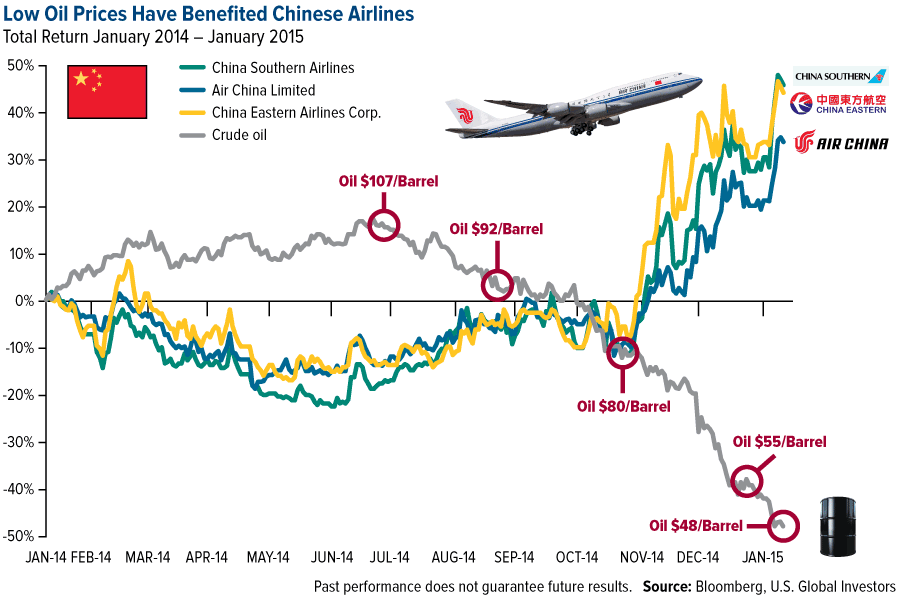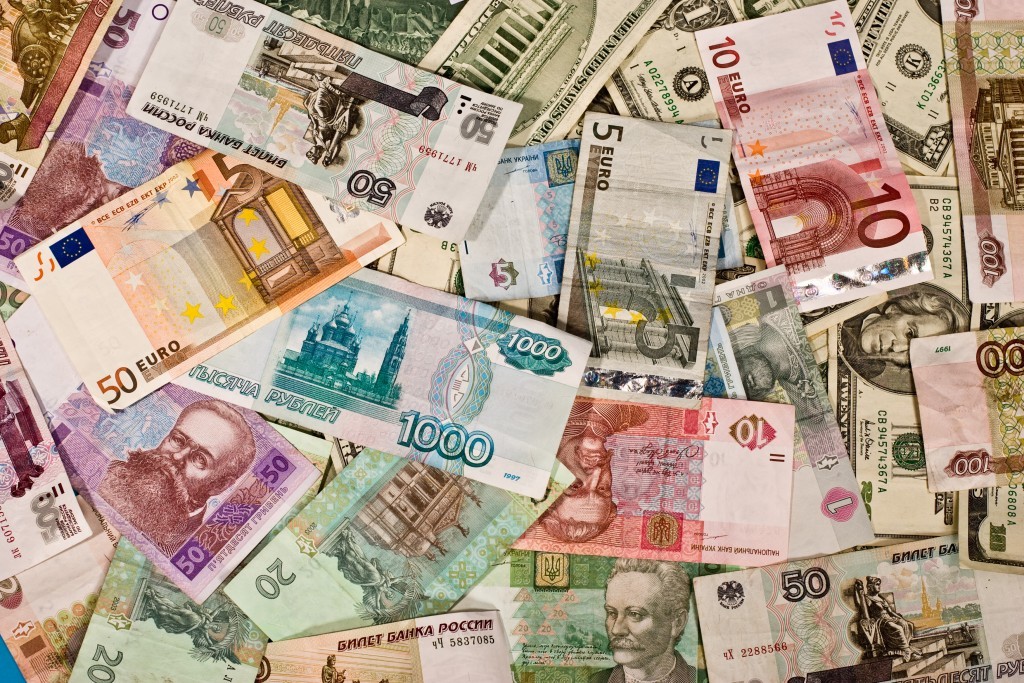Is a Strong Dollar Good or Bad It Depends
Post on: 16 Март, 2015 No Comment

Is a Strong Dollar Good or Bad? It Depends.
By JONATHAN FUERBRINGER
M any Americans love a strong dollar. After all, a rising currency means lower prices for imports and more bang for the buck when traveling abroad.
But much of American business is a lot happier when the dollar is not so strong. That’s because a weaker currency lifts U.S. exports and helps stifle foreign competitors here. So why, with the dollar’s recent plunge against the Japanese yen and its more drawn-out slide against the German mark, aren’t executives breaking out the champagne?
Perhaps because the dollar is not really as weak as the headlines suggest, even after it fell Thursday when the Federal Reserve, in a surprise move, cut each of its two key interest rate targets by a quarter of a percentage point.
By easing now, the Fed will be promoting stronger financial markets down the road, said Michael Rosenberg, head of international fixed income research at Merrill Lynch & Co. So the hit the dollar is taking now should be an abbreviated one.
Take the case of Nucor Corp. a highly efficient steelmaker based in Charlotte, N.C. that has watched its exports plunge from 700,000 tons just a few years ago to 100,000 tons this year.
Nucor’s exports have been depressed because the strong dollar makes its steel products more expensive in overseas markets and because the collapse of Asian economies has cut into sales to that region.
So it was not surprising that Nucor chairman F. Kenneth Iverson was heartened last week when the dollar fell 8 percent against the yen in one day. Bidders he hadn’t heard from in months, if not years, were on the phone. We’ve seen more opportunity for quotes, Iverson said.
Trouble is, no new business has yet materialized.
There’s a good reason. The dollar has fallen 20.7 percent against the yen and 12.7 percent against the mark from its 1998 highs, but it remains relatively strong against other currencies that play a big role in U.S. trade, including the Mexican peso and the Canadian dollar. Those currencies both set record lows this year against the U.S. dollar.
Indeed, until last month the trade-weighted dollar, which is intended to reflect each major currency’s impact on U.S. trade, was the strongest it had been since 1985. The trade-weighted dollar had jumped 21 percent since May 1995, when the U.S. currency was at record lows against the yen and the mark. But since September, according to the index by the Federal Reserve Bank of Dallas, the trade-weighted dollar has fallen only 4.8 percent.
The dollar’s overall fall has not been enough to make a big difference, said John Lipsky, chief economist for Chase Manhattan Bank.
In late trading in New York on Thursday, the dollar fell to 116.75 yen, from 118.98 Wednesday, and to 1.6187 marks, from 1.6426. The Dallas Fed index for the daily trade-weighted dollar dropped to 172.5, from 173.5.
Still, while exporters may not be getting much support, it appears that the weaker dollar could provide significant aid to U.S. companies that have had earnings abroad crimped by a strong dollar during the last year. Eastman Kodak, Gillette and IBM, for example, seem poised for a lift from the weaker dollar in the quarters ahead.
After being a severe negative for earnings this year, it could be a positive, said Thomas Doerflinger, an investment strategist at Paine Webber. This year — in which he believes earnings gains for the companies in the Standard & Poor’s 500-stock index will be negligible — Doerflinger said that the strong dollar has on average cut earnings growth by about two percentage points.
In part, the hit-and-miss impact of the dollar’s recent plunge is because currency changes show up through the conversion of foreign earnings almost immediately but take much longer to have broader economic impacts. Additionally, analysts say, the global slowdown, which has cut consumer demand worldwide, means that a lift from the dollar may go mostly unnoticed.
And every business is different. Some multinational corporations hedge against dollar fluctuations, some don’t. Some have operations around the world, others are concentrated in a handful of countries.
A stronger dollar should eventually help U.S. automakers, by putting pressure on Japanese and European auto companies to either raise prices in the United States or accept lower profit margins.
U.S. importers, however, will be paying more. What is unclear is whether a weaker dollar will lead to higher inflation or whether an expected economic slowdown in the United States will force all companies to hold down price increases.
Moreover, a lot depends on where the dollar goes from here. Some economists think it will reverse course against the yen, rallying as high as 150 yen, because the Japanese economic outlook is still glum.
The decline seems more lasting against the mark, but that could change after the euro, the new single European currency, is introduced in January. Other variables include the stock market’s performance as well as how much more the Fed cuts short-term rates.
For other U.S. exporters, like Eastman Chemical, a polyester plastics manufacturer based in Kingsport, Tenn. the story is the same as it is at Nucor. Generally, a weaker dollar will make us more competitive, said Larry Munsey, Eastman Chemical’s treasurer. We can lower prices and gain more volume or we can leave prices as they are and have higher margins.
That’s the theory, anyway. But it’s too early to tell, Munsey said. It could take several months.
In addition, whatever aid the dollar may give exporters at the margin could well be overwhelmed by the drag on sales from the recession in Asia and the slowdowns appearing in Latin America, Europe and the United States.

Another problem awaits American steelmakers. According to Walter Carter, the steel analyst at Standard & Poor’s/DRI, 80 percent to 90 percent of U.S. steel exports go to Latin America and Canada, where the dollar is far stronger now than it is compared to the yen and the mark.
On the plus side, U.S. companies with lots of business abroad should start to show benefits soon. Gillette, which posted a decline in third-quarter earnings Thursday, said it expected the dollar’s recent fall to help lift earnings in the fourth quarter, though the company offered no estimate of the impact.
Kodak said this week that it expects that a weaker dollar will actually lift its earnings 1 cent a share in the fourth quarter — if the dollar stays where it was at the end of September. And it is already 14.4 percent below where it stood against the yen Sept. 30 and 3 percent below its rate then against the mark, meaning even better earnings news.
Through the first three quarters of the year, Kodak said, sales were trimmed $437 million by the stronger dollar and earnings were reduced by 31 cents a diluted share.
IBM, which reports earnings Oct. 20, is another company that can catch a break, especially with the dollar now 16 percent less than the rate of 139 yen that the company considered a problem when it posted its second-quarter earnings in July.
We put currency on the negative column, and it has the potential of remaining there for the rest of the year, IBM chief financial officer Douglas Maine told analysts then. In the second quarter, currency losses shaved 4 percent off revenue and 13 cents off the company’s per-share earnings.
For company earnings, the dollar’s strength is important when compared with its exchange rate in the corresponding quarter the year earlier. Beginning in 1999, those quarterly comparisons are looking very good — even if the dollar doesn’t weaken any more. For example, in the first quarter of 1998, the average mark rate was 1.8190, compared to a 9.8 percent weaker level of 1.6395 marks now.
One reason for the sharp swings in company earnings is that many corporations do not hedge against currency fluctuations, partly because of the cost and, in some cases, partly because of bad experiences. Kodak, for example, was a leader in hedging in the 1980s but does not take significant hedge positions now.
On the other hand, Merck & Co. has been doing long-term hedging for years to insulate the company from periods when the dollar get stronger, according to Judy Lewent, the drug manufacturer’s chief financial officer.
She called the dollar’s plunge against the yen a positive for the company. At the same time, though, the increased volatility raises the costs of hedging now against a stronger dollar in the future.
For U.S. automakers, the dollar’s fall — if it holds — should be positive. David Bradley, an analyst at J.P. Morgan Securities, said that a third of the cars sold in the United States by Japanese automakers are imported; of those made at plants here, he said, about a third of the parts are imported.
Automakers, he said, are already telling analysts that their incentive programs will be cut back in the fourth quarter, in part because the weaker dollar will make it harder for the Japanese to match U.S. prices. In Europe, he said, a weaker dollar will help make U.S. sales there more valuable when they are translated back into dollars.
As for inflation, the dollar’s fall is not expected to add a lot to import prices. Lipsky of Chase Manhattan said that the dollar’s impact would be overshadowed by the worldwide slowdown in demand that should keep prices in check. Chase is forecasting that consumer inflation in the United States will fall to 1 percent next year.














